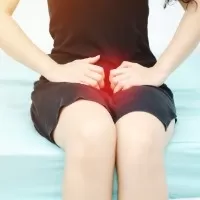Menopause and perimenopause can lead to various urinary issues due to hormonal changes, especially the decline in oestrogen levels. Oestrogen plays a key role in maintaining the health of the urinary tract, bladder, and pelvic floor muscles. As oestrogen decreases, women may experience weakened pelvic muscles, thinning of the vaginal and urethral tissues, and a reduction in bladder control. These changes can lead to urinary discomfort and issues, affecting daily life and overall well-being.
Bladder
Menopause and perimenopause can lead to various urinary issues due to hormonal changes. View the associated issues and read more on what you can do to ease symptoms.


